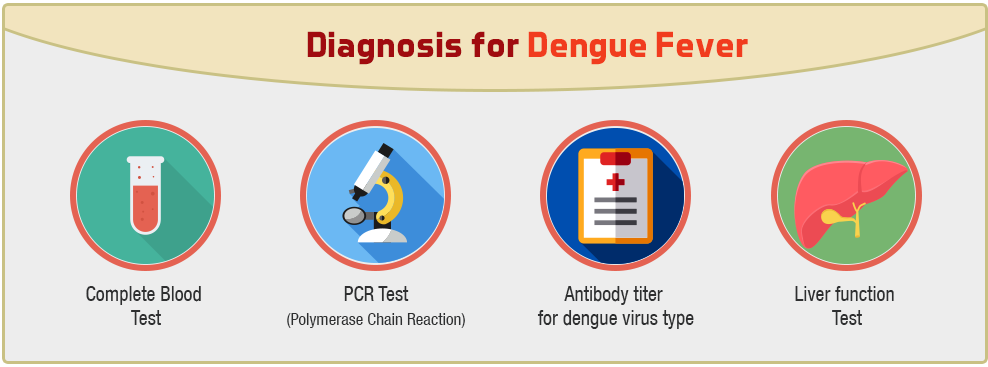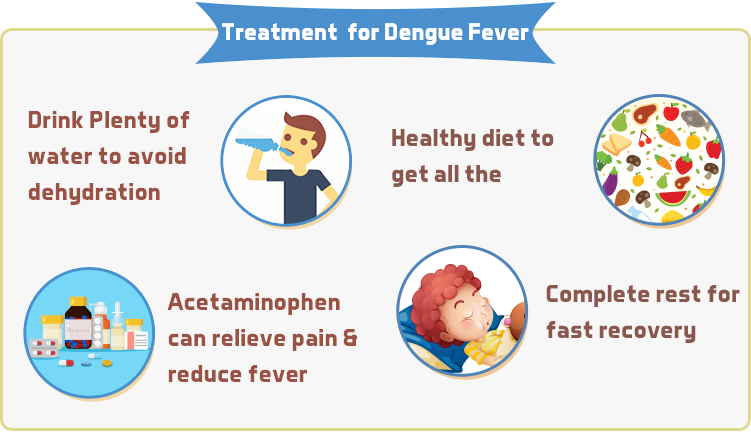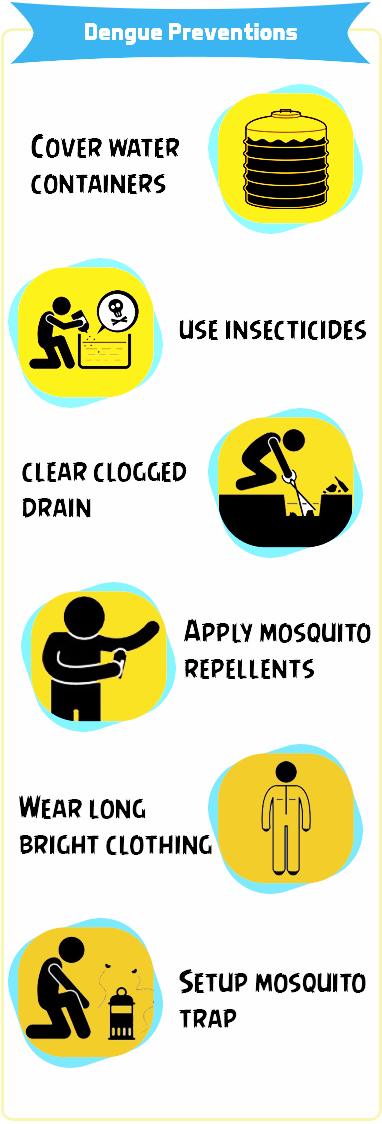Dengue Fever Symptoms

On the off chance that you contract dengue fever, indications more often than not start around four to seven days after the underlying disease. By and large, side effects will be mellow. They might be mixed up for manifestations of seasonal influenza or another disease. Youthful youngsters and individuals who have never experienced contamination may have a milder ailment than more established kids and grown-ups. Manifestations for the most part keep going for around 10 days and can include:
- Sudden, high fever (up to 106 degrees Fahrenheit)
- Severe headache
- Swollen lymph glands
- Severe joint and muscle pains
- Skin rash (appearing between two and five days after the initial fever)
- Mild to severe nausea
- Mild to severe vomiting
- Mild bleeding from the nose or gums
- Mild bruising on the skin
- Febrile convulsions


